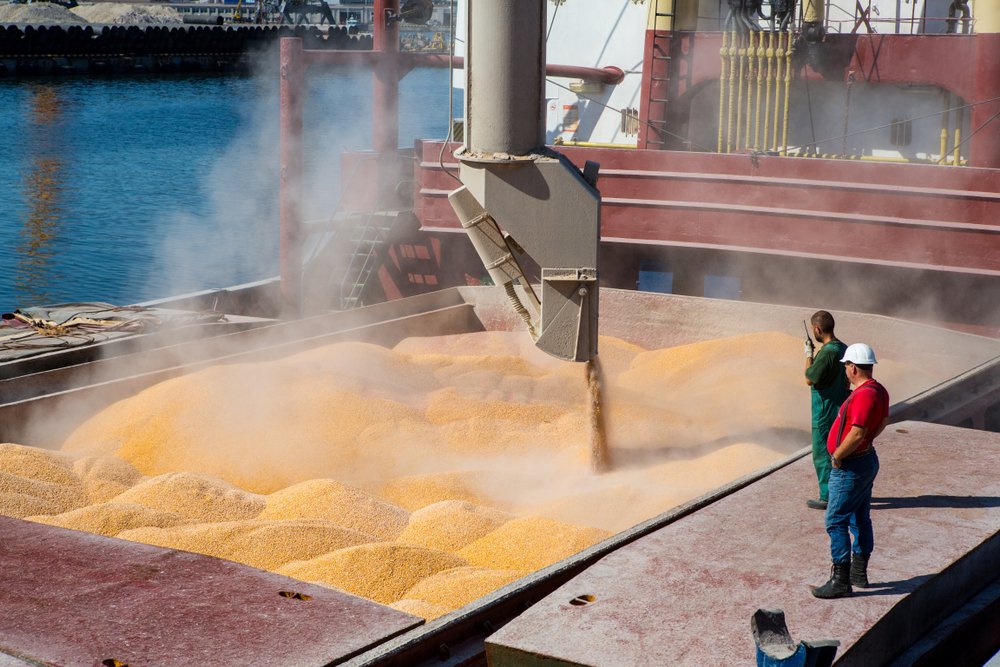Further falls in grain prices in Poland, especially for lower quality grain
The price of Polish wheat is correlated with the MATIF exchange; we are observing further declines in grain prices on the domestic market, especially for lower-quality grain, Weronika Szymańska of BNP Paribas assessed for PAP (The Polish Press Agency). She added that an increase in demand for EU grain had limited the correction of quotations on MATIF.
Speaking to PAP, BNP Paribas’ Veronika Szymanska conveyed that the drop in wheat prices at the end of September on the Chicago Mercantile Exchange (CBoT) was largely triggered by the latest US Department of Agriculture (USDA) report.
– The department raised its forecast for the 2023/2024 wheat harvest for the United States from 47 million to more than 49 million t, also increasing its forecast for ending stocks volumes, the analyst pointed out.
However, she pointed out that quotations in Chicago had returned to pre-downturn levels due to, among other things, increased interest in US grain imports, as well as the “still uncertain export situation in Ukraine”.
Szymanska stressed that Polish wheat prices correlate highly with the MATIF exchange price.
– On the domestic market, we are observing further declines in grain prices, especially for lower-quality grain, whose share in total production this season is higher, she noted.
The expert noted that wheat quotations on the MATIF exchange remain in the range of EUR 230-245/t. She added that prices reached a relative stabilisation in September and the first week of October compared to previous months. Dynamic exports of price-competitive grain from the Black Sea basin are counteracting larger price increases. As the analyst pointed out, Russia, where the wheat harvest is estimated at a “very high level of 85 million tonnes”, is the main grain supplier to the international market.
Despite ongoing attacks on its domestic ports and a slowdown in grain exports, Szymanska noted that Ukraine was looking for new export routes.
– Kyiv is testing export opportunities through a temporary humanitarian corridor in the Black Sea, and will also benefit from an increase in transshipment at the Lithuanian port of Klaipeda, she conveyed.
– However, in September, due to the lower euro-dollar exchange rate, some importers (including China, Egypt) also decided to buy French wheat. The increase in demand for EU grain limited the correction of quotations on the MATIF exchange, the expert estimated.
In her opinion, competitive offers for the sale of wheat from the Black Sea countries will continue to exert price pressure on the market in the coming weeks. She said that if agricultural exports from Ukraine “pick up again”, quotations could return to a downward trend. However, she pointed out that there was still a lot of uncertainty in the market due to potential attacks by the Russian side on Ukrainian infrastructure and ships transiting the Black Sea.
– Additionally, deeper discounts are also being countered by forecasts of lower global wheat supply due to drought in some key exporters (Australia, Canada), the analyst concluded.
Source: PortalMorski.pl



